The power of the Kushans developed in Central Asia at the turn of our era. The time of its heyday was the period of the greatest development of slaveholding relations for Central Asia.
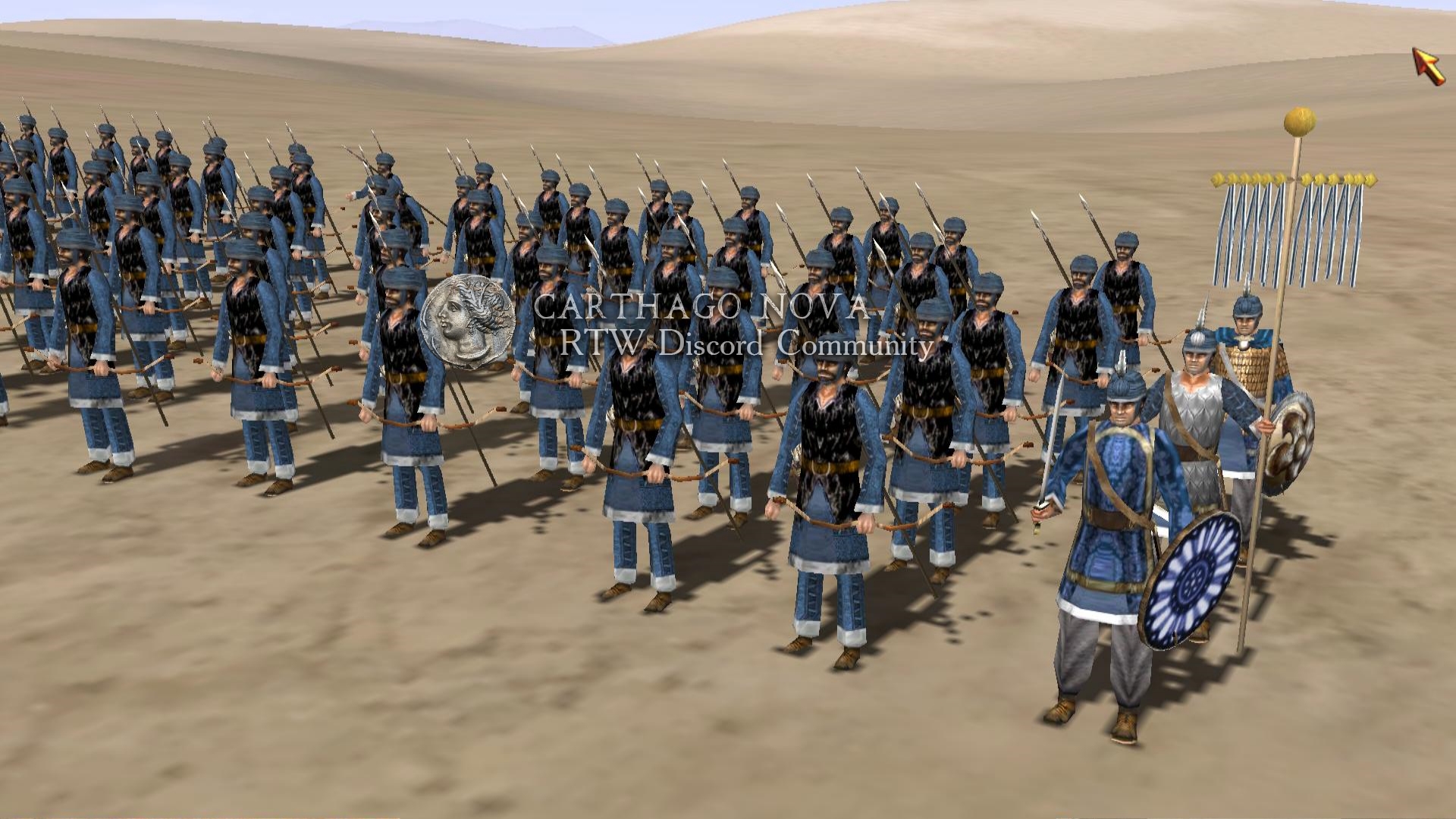
As mentioned above, in the 1st c. BC e. in Central Asia there were a number of independent states: Khwarazm, the Yuezhi principalities on the territory of Bactria, the city-states of Fergana, etc. At the beginning of the 1st century. n. h. a significant part of the Central Asian territories is united in the system of the vast Kushan kingdom, which further extends its power to Northern India and Eastern Turkestan (Xinjiang).
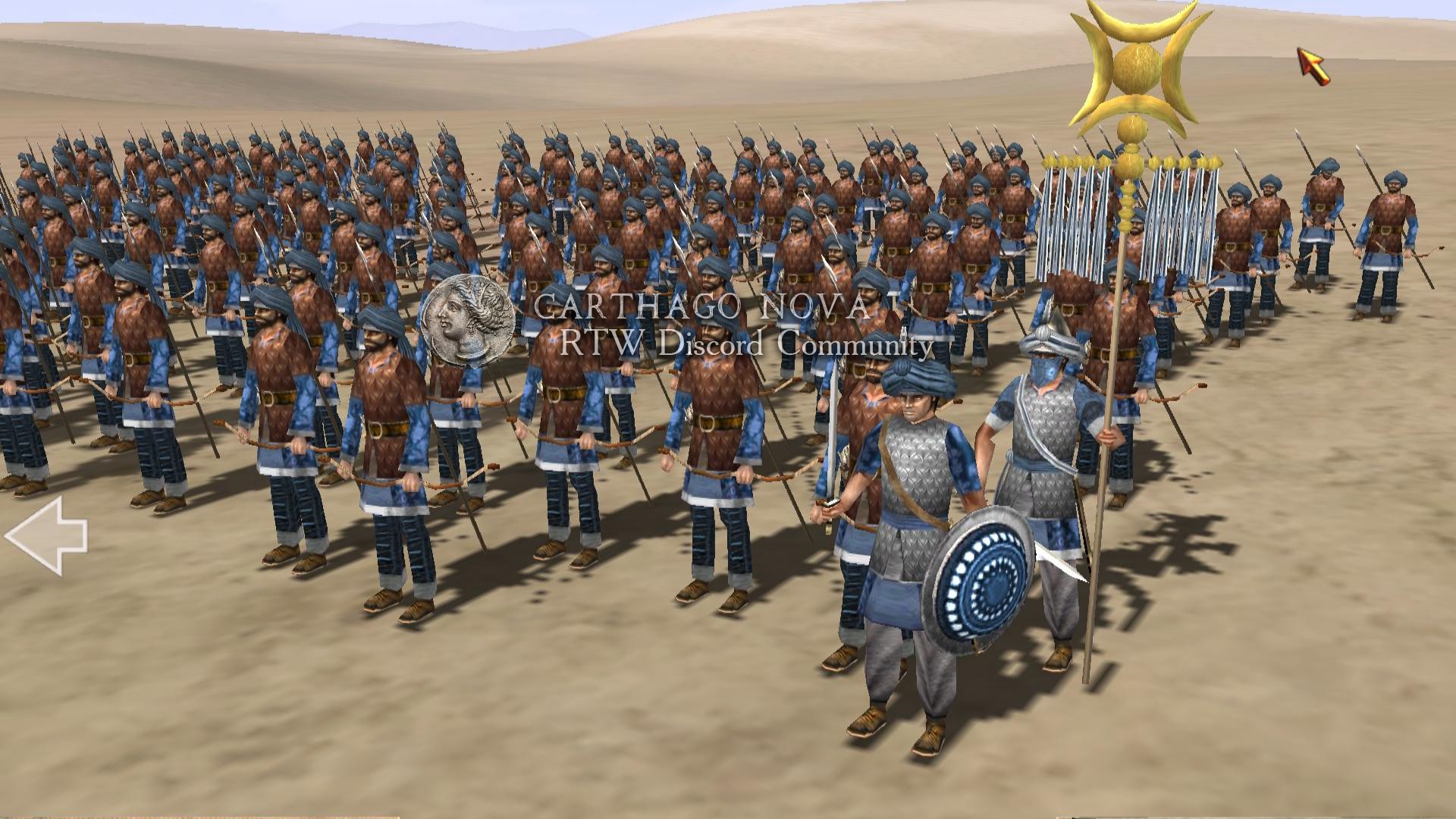
The emergence of the Kushan kingdom
The history of the Kushans is very poorly covered in the sources. The Kushan kingdom arose as a result of the unification (apparently by conquest) of the Tocharian and Saka principalities that had developed on the territory of Bactria and Sogdiana under the rule of one of the princes, who belonged to the tribe (or clan) of the Kushans. The original location of the Kushan principality is not exactly known. As for the formation of the Kushan kingdom, a coherent story about this event is given by the History of the Younger Han Dynasty. Chinese news is confirmed and explained by the data of the coins. The inscriptions on the coins of the first Kushan kings were made in Greek characters, since the Kushans considered themselves the successors of the Greco-Bactrian kings and partly imitated them in coinage. According to coins and Chinese sources, the name of the founder of the Kushan state, Kudzula Cadphis, otherwise Cadphis I (Kyojukyu - in Chinese sources), is known. He subjugated the Kabul valley, Pudu (the Chinese name for Parapamisad) south of the Hindu Kush, and possibly Khwarazm as well. The latter, however, retained a certain independence as part of the Kushan association: special kings continued to rule in it, judging by their coins, dynastically associated with the Kushans. In general, the Kushan kingdom was not centralized: in a number of conquered regions, local kings also remained, dependent on the supreme ruler.
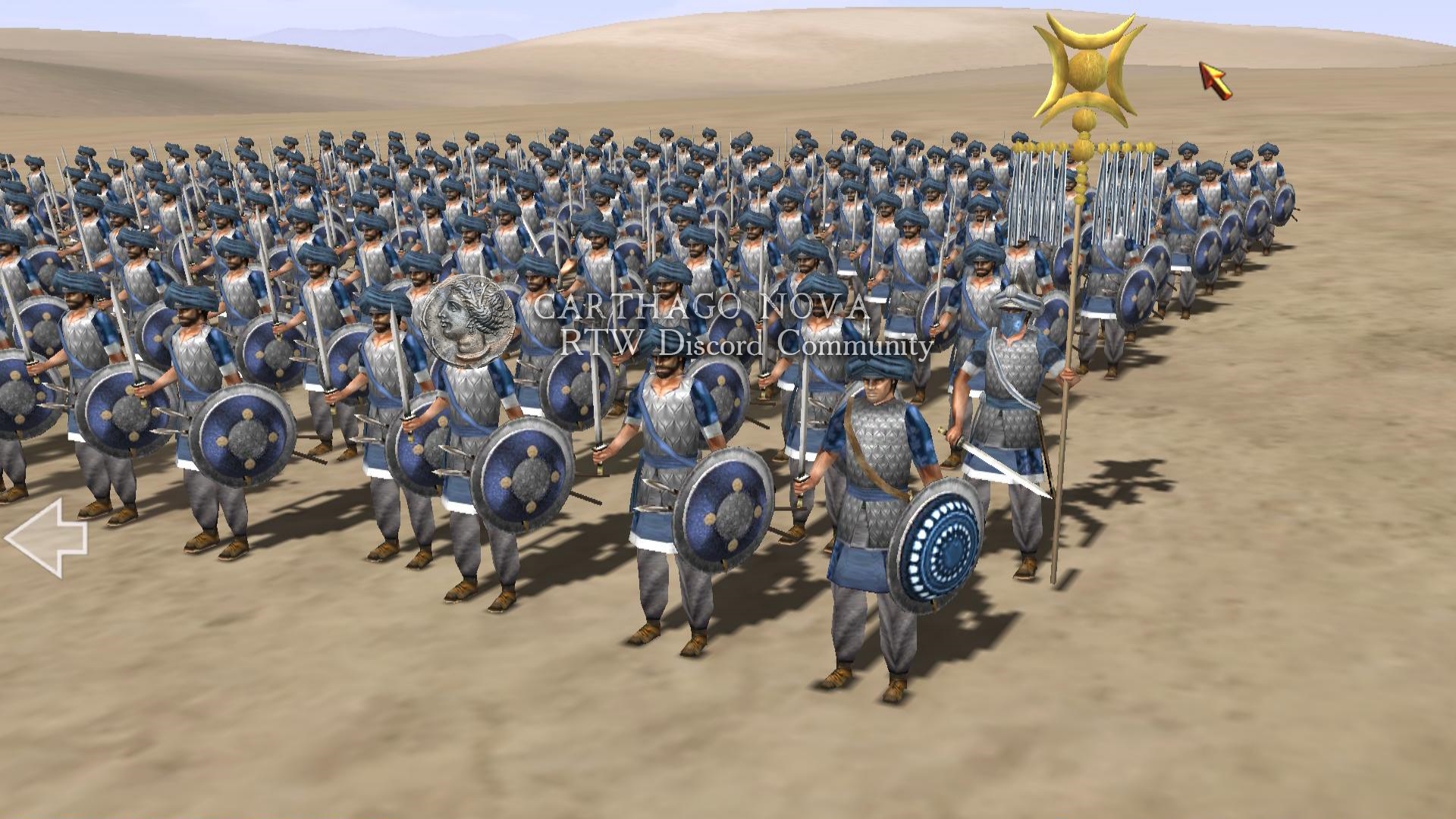
Kushan kingdom under Kadphis II and Kanishka
The successor of Cadphis I was Cadphis II, who ruled in the middle of the 1st century. n. e. Cadphis II conquers India to Benares. The last Greco-Indian kings, descendants of Euthydemus and Eucratides, either lose their kingdoms or recognize themselves as subjects of Cadphis. Indo-Parthian princes retain until the end of the 1st century. only the remnants of their possessions on the Lower Indus. By the end of the reign of Cadphis II, the Kushan kingdom covered a vast territory - from the Aral Sea to the Ganges.
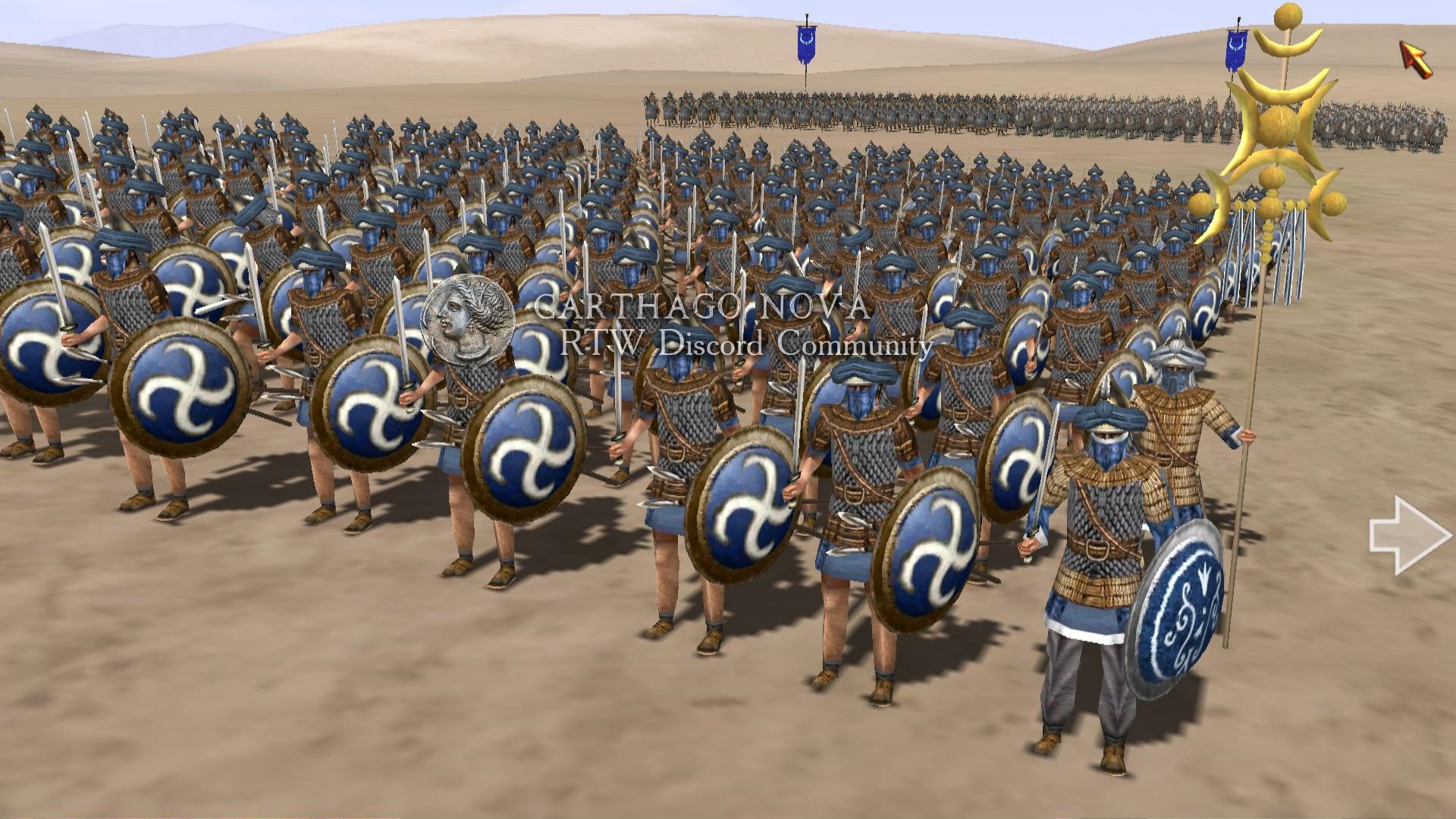
During the period of the formation of the Kushan kingdom, its center continued to remain on the territory of Central Asia, in Sogdiana (in Kushan on Zarafshan). However, under the third Kushan king - Kanishka - the political center of the state moved to India.
Kanishka expanded the possessions of the Kushans in India and successfully fought with Parthia; the most important of the external events of his reign was the many years of struggle with China. During this struggle, the Kushan army invaded East Turkestan. However, it was defeated by the Chinese governor of the Western Territory, Ban Chao, who subjugated Fergana and Khwarazm to China and even forced Kanishka to recognize (probably only nominally) the supreme power of the Chinese emperor.
However, soon after the death of Ban Chao, China began to lose one after another its possessions in the west. Khwarazm again submits to Kanishka (in the 2nd century, coins of the Kushai coinage reign supreme here). Passes under the power of the Kushans and Fergana. Kanishka's emissaries incite the rulers of the city-states of East Turkestan against China, and in 105 an armed struggle against China begins here. The Chinese governor of the Western Territory was besieged by the rebels in his residence. By the end of Kanishka's reign, the most important city-states of East Turkestan - Kashgar, Yarkand and Khotan - became part of the Kushan state. Only in the extreme east of East Turkestan, which was closer to China than to the state of the Kushans, did a small Chinese garrison of 300 people remain. The power of the Kushans reached its greatest territorial expansion.
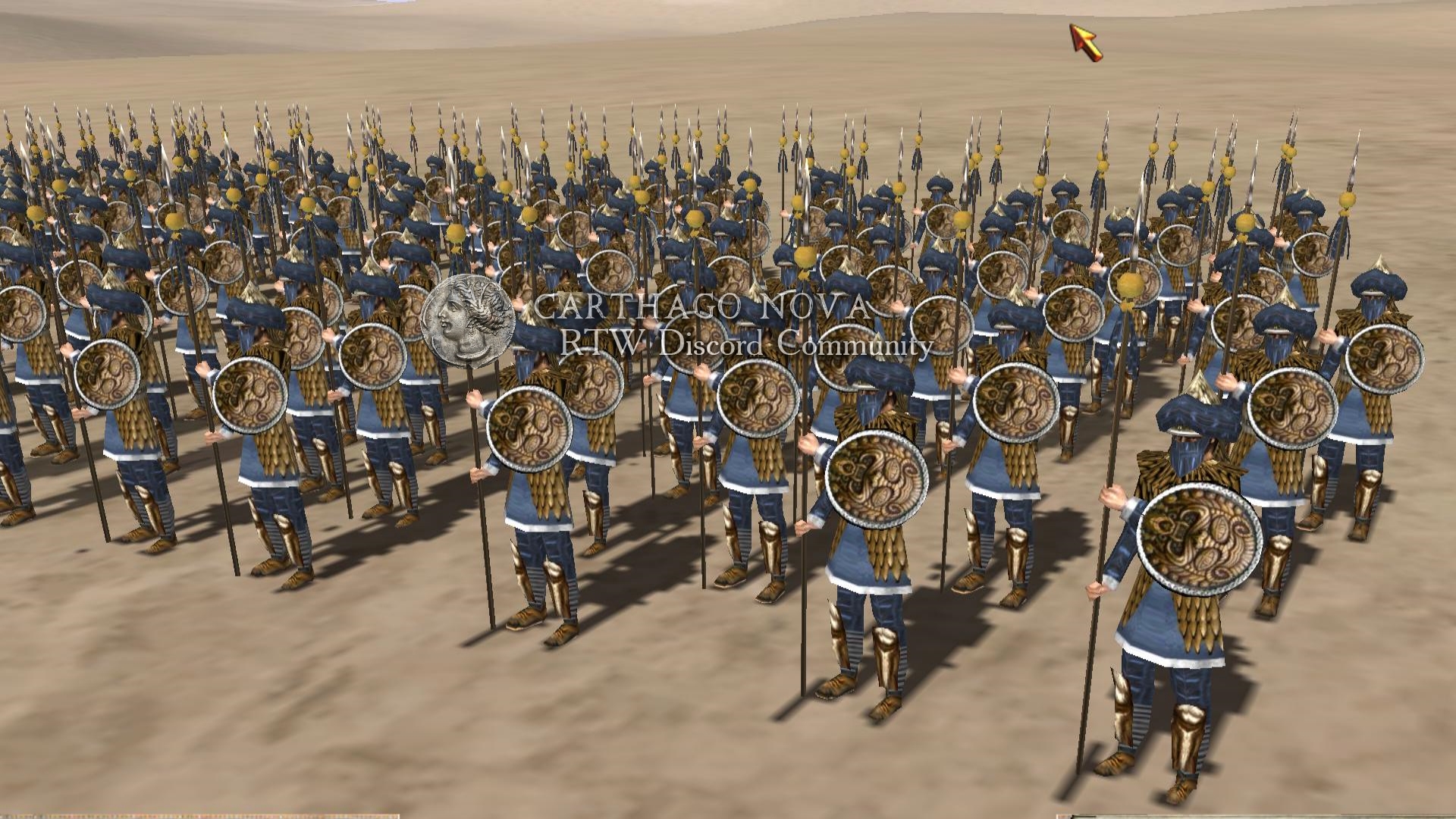
Socio-economic structure of the Kushan kingdom
Little is known about the socio-economic structure of the Kushan kingdom. The Kushan Empire was one of the great empires of this period. It covered a large number of countries with different social systems: it included rich trading cities with developed slave-owning relations, and fertile agricultural areas, the free community members of which retained in their lives numerous remnants of the primitive communal system, and steppes inhabited by nomads. The formation of the Kushan state contributed to the development of the slave system throughout its territory. The Kushans themselves, who had been a relatively small nomadic tribe for a century with a small number before Kadphis I and who for a long time retained many features of their way of life and after settling in Bactria, having now become the head of a huge power, apparently underwent significant changes in their social system.
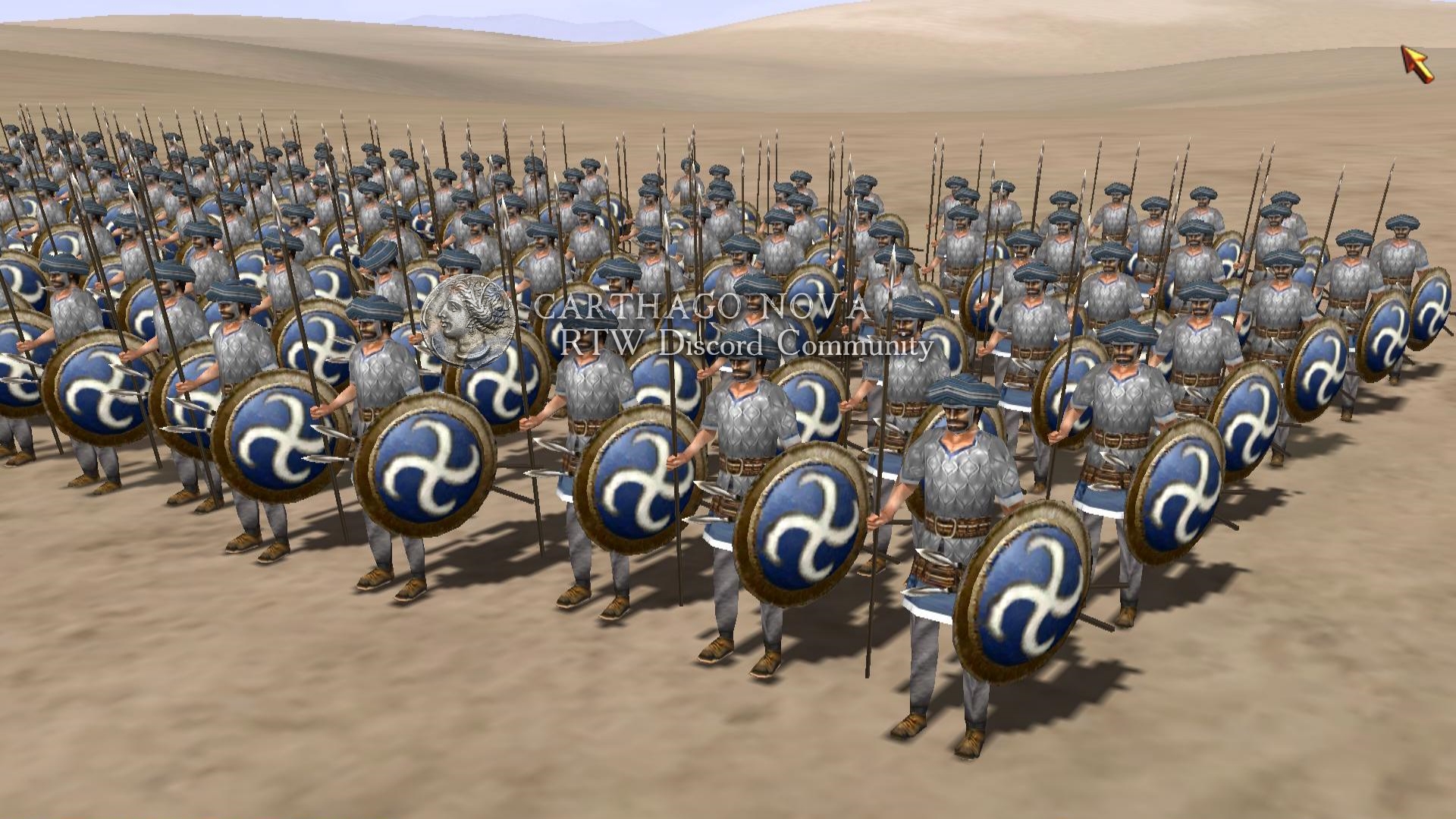
The result of the Kushan conquest was the unification of almost all of Central Asia in the system of a single empire founded by one of the Central Asian peoples. The Kushan state has gone far from those primitive principalities that arose in Bactria after the Yuezhi conquered it. Under the Kushans, the irrigation network expanded: in Khwarazm, and in Sogdiana, and in Bactria, and in Fergana, traces of the largest canals date back precisely to the Kushan time. Constant wars probably produced a large number of slaves. New cities are being built, especially in India. One of these cities, Kanispor, still bears the name of Kanishka. Trade grows, money economy develops. If the period of the existence of the Greco-Bactrian kingdom was especially characterized by a silver tetradrachm, associated with large turnovers of foreign trade, now it is replaced by smaller bronze denominations, indicating a significant penetration of monetary relations into the sphere of retail turnover. All this was supposed to contribute to the development of slaveholding relations, which, however, on the territory of the Kushan kingdom was not accompanied by a systematic pauperization of small producers; everywhere there continued to exist huge masses of the peasantry not driven from the land, a communal organization, etc. Apparently, this further facilitated the formation of elements of feudalism in the territory of Central Asia.
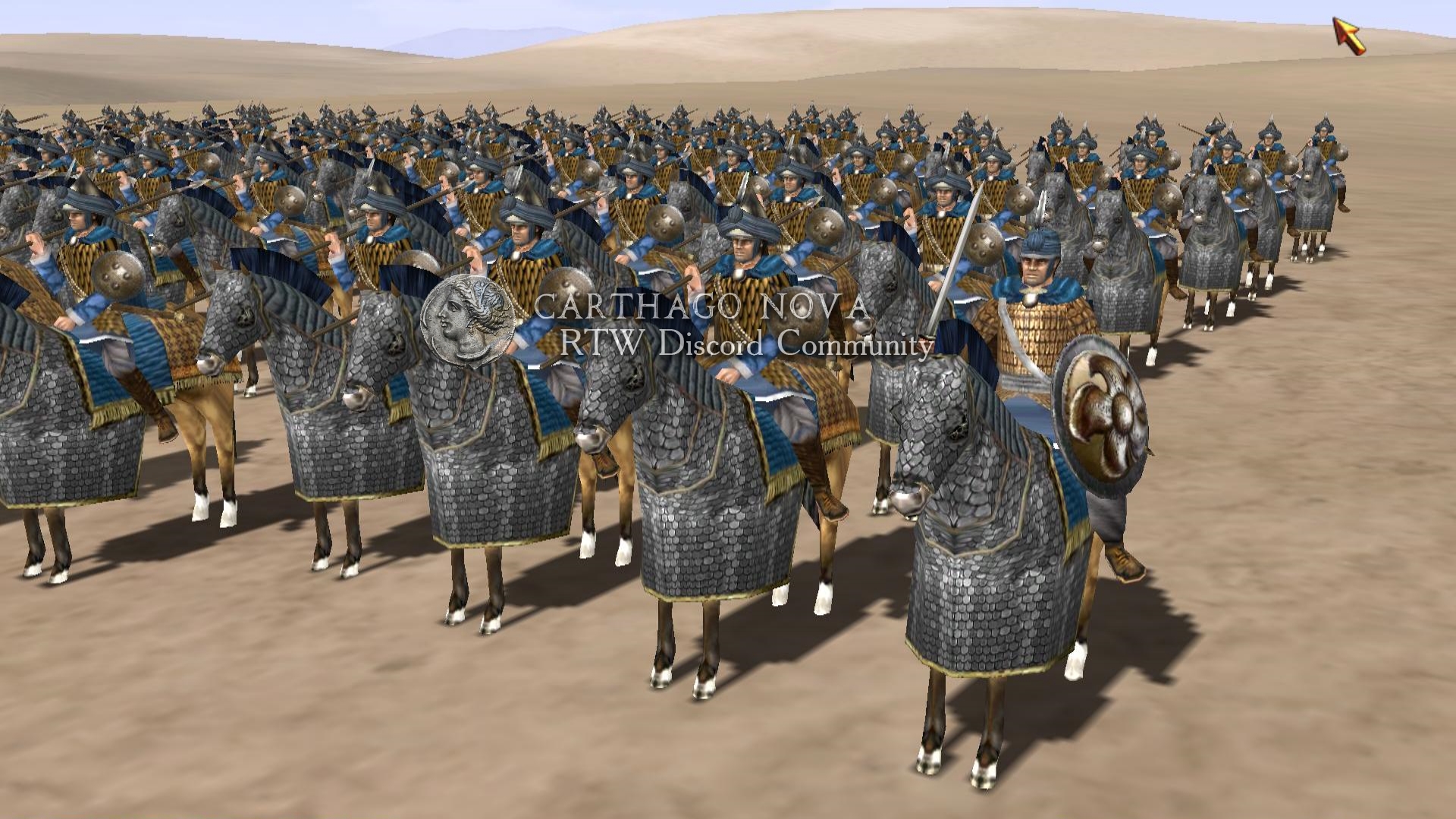
The heyday of international trade in Central Asia
The Kushan period was the heyday of the international trade of Central Asia. The most important trans-Asian trade routes passed through the possessions of the Kushans. Even at the end of the II century. BC e. the already mentioned "great silk road" arose, along which silk from China through the steppes and deserts of Central Asia, through the oases of East Turkestan was delivered to the West. Now China's trade with the West is even stronger. Both the merchants of Western Asia and the Chinese sought to strengthen trade ties between the Mediterranean and the Han Empire. From Syria through the Euphrates, the trade route went to Mesopotamia, from there to Ecbatana in Media, then to Hecatompylae, the ancient capital of Parthia, southeast of the Caspian Sea, from Hecatompylae to Antioch in Margiana, from Antioch to Bactra, from Bactra through the Comedy Mountains to "Stone Tower". The end of the road from the "Stone Tower" to the country of the Seres - as the ancient authors called the Chinese - was known to these authors only in general terms. In addition, another trade route from China went through the possessions of the Kushans: through Kashgar to Ferghana and Khwarazm, and from there to the country of the Alans and the Southern Urals. Finally, there was also a trade route from China through Kashgar to the Issyk-Kul region, where the Usuns roamed. They traveled to India, which was partly part of the Kushan state, through Baktra and the Kabul region. In Japan, the Kushan kingdom was connected by numerous trade routes with Parthia, and through it with the Roman Empire. Finally, through Khwarazm and the country of the Alans, the Kushan kingdom had connections with Eastern Europe, as evidenced by the finds of Kushan coins in the Kama region.
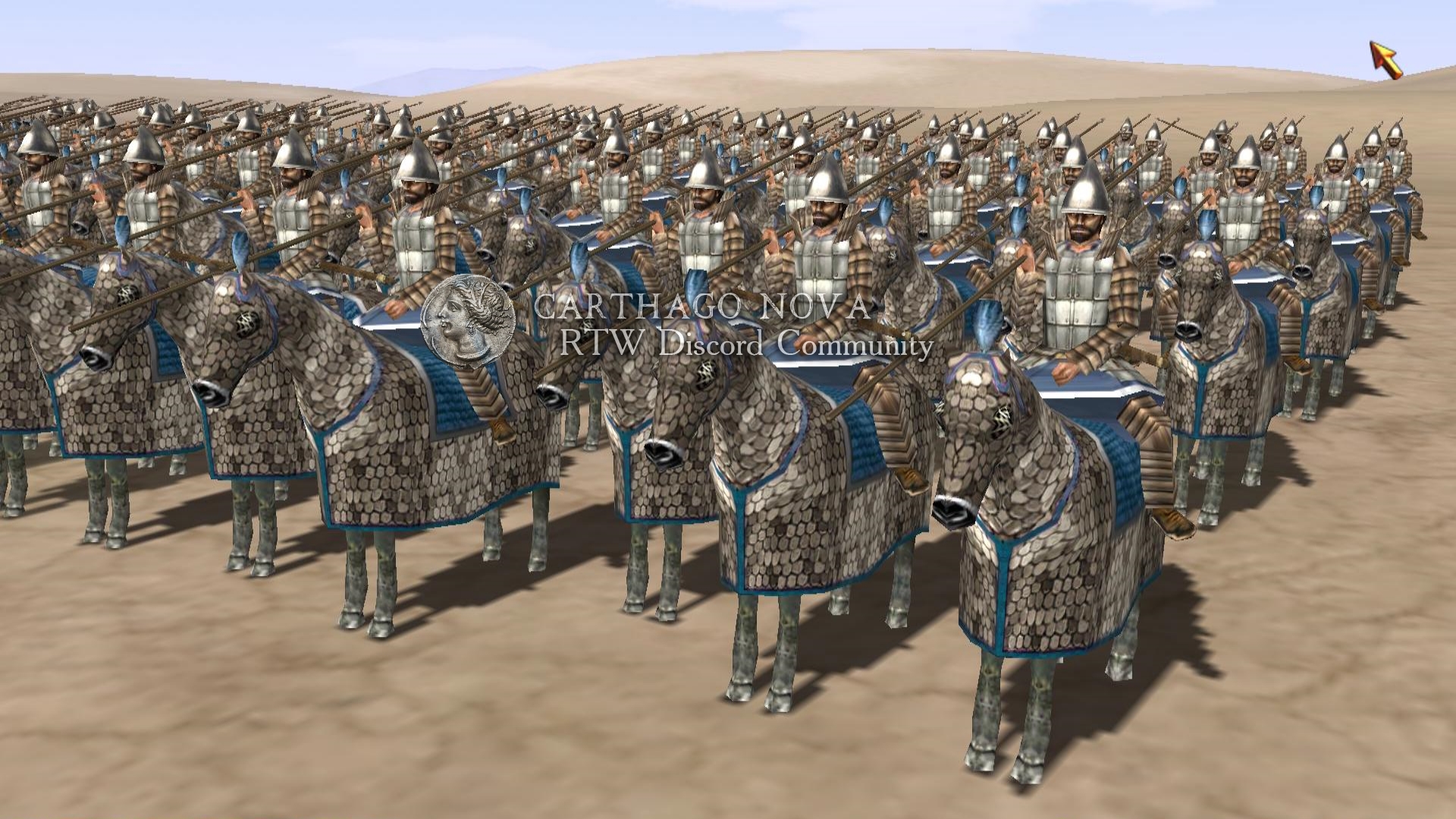
Silk and jade, lacquer and leather products, iron and nickel were brought from China, spices, incense, fine woolen fabrics from India, glass from the Roman Empire, and fur from the distant Kama region. Central Asian merchants exported glass, precious stones, jewelry to China. Of course, as was usual in antiquity, luxury goods played a major role in trade, and trade had little effect on the bulk of the population. Somewhat deeper was the influence of local trade between the nomads and the inhabitants of the agricultural oases: the nomads brought meat, wool, leather to the city bazaars and bought agricultural products. The development of international trade contributed to the growth of foreign relations. In 99 AD e. Kushan embassy visited Rome. There are images of the Kushans on Trajan's Column. Kushan (Bactrian, as ancient authors call them) embassies were in Rome and later - under Hadrian, under Antoninus Pius.
Parthian merchants sought to prevent direct trade relations between the Roman Empire and China, the merchants of the Kushan kingdom, in turn, competed with the Parthian ones and sought to be monopoly intermediaries in trade between Parthia and China. The Sogdians were especially active in trade with China. After the subjugation of Eastern Turkestan to the Kushan influence, the Sogdians created numerous trading colonies on its territory, as well as in China.
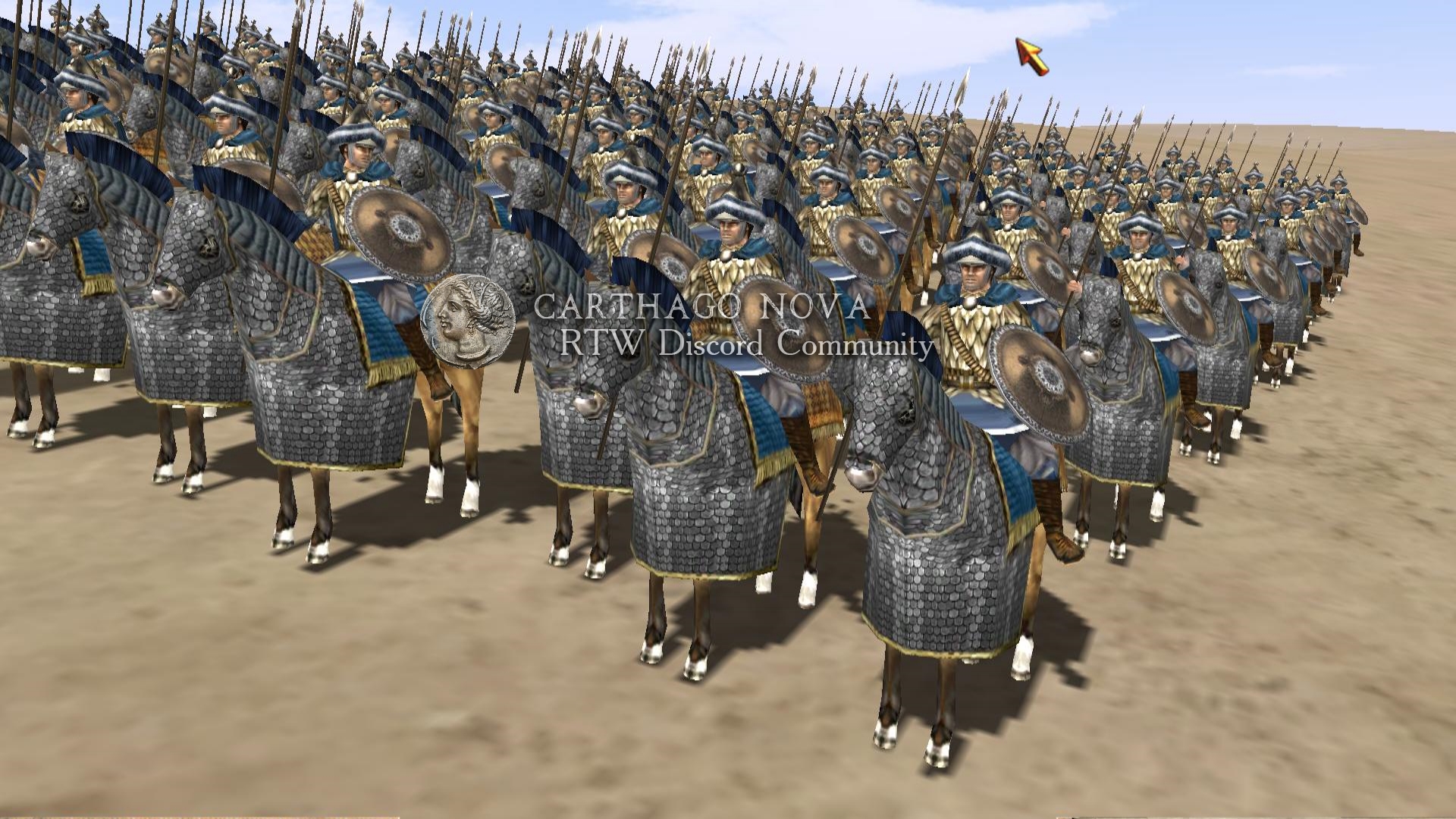
Cultural and religious syncretism; the role of Buddhism
The unification of vast territories within one state contributed to cultural mixing. This cultural mixing was facilitated by the fact that the peoples of Central Asia spoke very similar Iranian dialects. Nevertheless, individual tribes and nationalities that were part of the Kushan Empire had a peculiar culture, and therefore the tasks of management required the presence of an official common imperial language with a developed written language. At that time, the Aramaic language was of international importance on the territory of Central Asia, the writing of which formed the basis of various systems of Iranian writing, including Sogdian and Khwarazmian (from the end of the 2nd to the beginning of the 3rd century AD), as well as Greek, which was used in coins of the first Kushans. Later, on the basis of the Greek alphabet, a special Kushan script developed. Finally, in connection with the growing Indian influence, Indian writing systems also appear (the Devanagari script is found next to the Kushan script on coins).
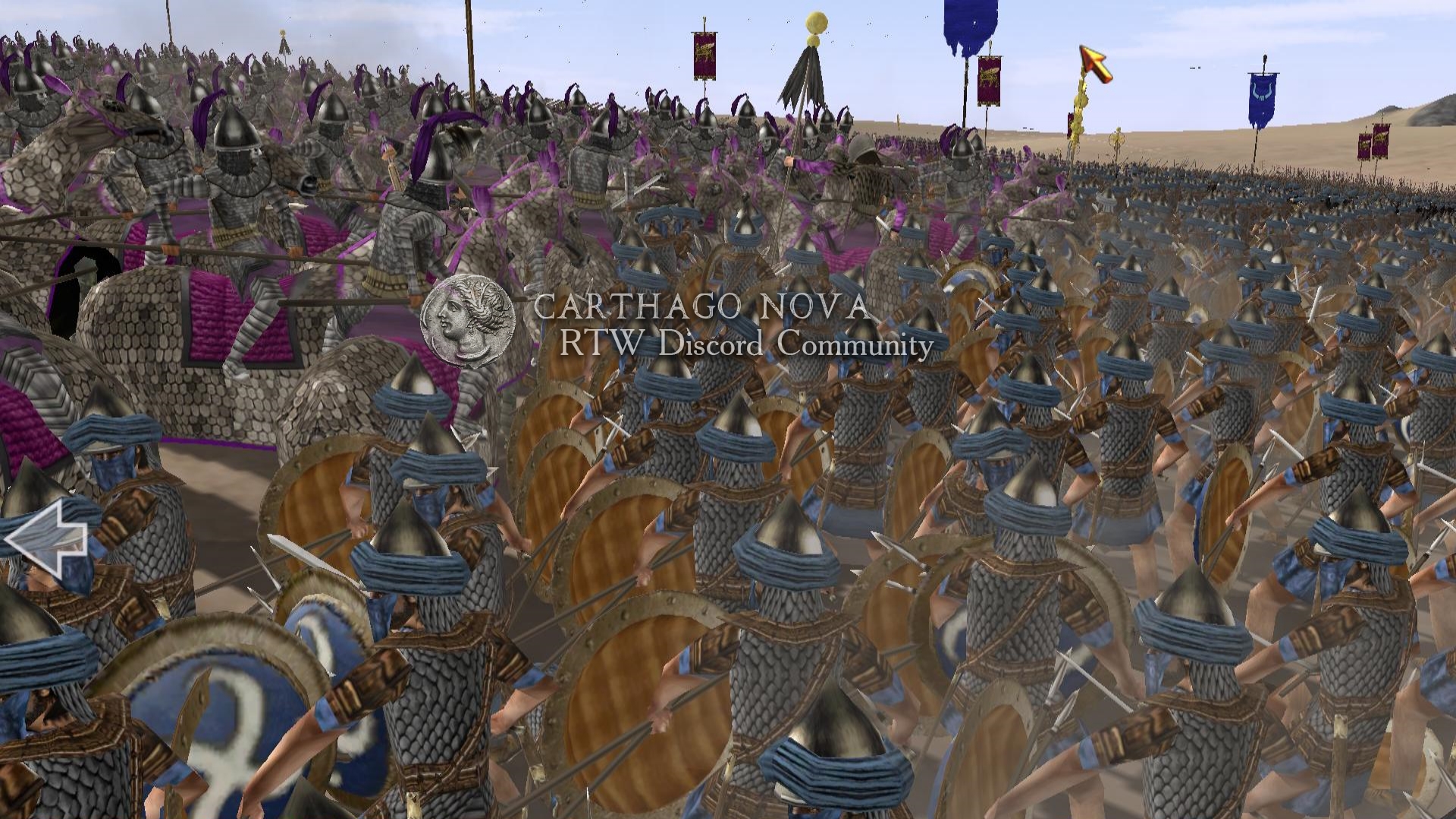
Nowhere is syncretism more evident than in the realm of religion. This can be judged mainly by coins. A variety of deities were revered on the territory of Central Asia: local (Mitra, Anahita, Siyavush), Zoroastrian (Ahuramazda), Greek (Zeus, Helios, Selena), Indian (Shiva). There is a syncretic fusion of the images of deities of various nationalities, as a result of which the images of local deities are also modified: for example, the Iranian and Central Asian Anahita merges with the Greek Aphrodite.
Since the time of Kanishka, the influence of Buddhism has become especially strong. Kanishka moves his capital from Sogdiana to Peshawar (Purushapura). In India, the Kushans, like the Hellenes and Macedonians before them, were bound to take the side of Buddhism. For them, "barbarians" and conquerors, there was no place in the varnas of Brahmin India. On the contrary, a doctrine that appealed to all people, regardless of their origin, should have found its adherents in the Kushans. Buddhism in the time of the Kushans was far from what it was at the beginning, a doctrine that grew up on the basis of the protest of the broad masses of the Indian population against class inequality and the religion of the Brahmins; merging with ancient cults, it became one of the world religions of that time and, as such, corresponded to the character of the diverse and vast empire of the Kushans. Buddhist symbols appear on Kushan coins (as already earlier, on the coins of some Greco-Bactrian kings), in particular images of the Buddha, accompanied by Greek inscriptions. It was this syncretic Buddhism mixed with local beliefs that later spread to Tibet, Mongolia, China and Japan. Trade relations with Musicians. Temple frieze.

1st century n. e. Found in Airtam, near Termez (Turkmenistan). Limestone. India and the patronage of the Kushans to Buddhism contributed to its spread in Central Asia. Buddhism had the strongest influence on Bactria: by order of Kanishka at the beginning of the 2nd century. a large Buddhist temple was built in Baktra. On the whole, Buddhism spread quite widely in Central Asia, but nowhere deeply rooted, affecting, unlike India, mainly only the ruling strata of the population. This explains the relatively insignificant influence of Buddhism on local religions and its disappearance in the future from the territory of Central Asia. Syncretism was also reflected in the art of the Kushan period. His monuments came from Central Asia and Eastern Iran, as well as from Northern India. This art is usually called Gandharian, since a large number of its monuments came from the Gandhara region in North-West India (the capital of Kanishka was located here), or Greco-Buddhist, since it combines Hellenistic forms with Buddhist themes; it would be more correct, however, to call it Kushan, since it was the art of the Kushan state, which grew on the basis of a fusion of Central Asian, Iranian, Indian and Hellenistic forms.
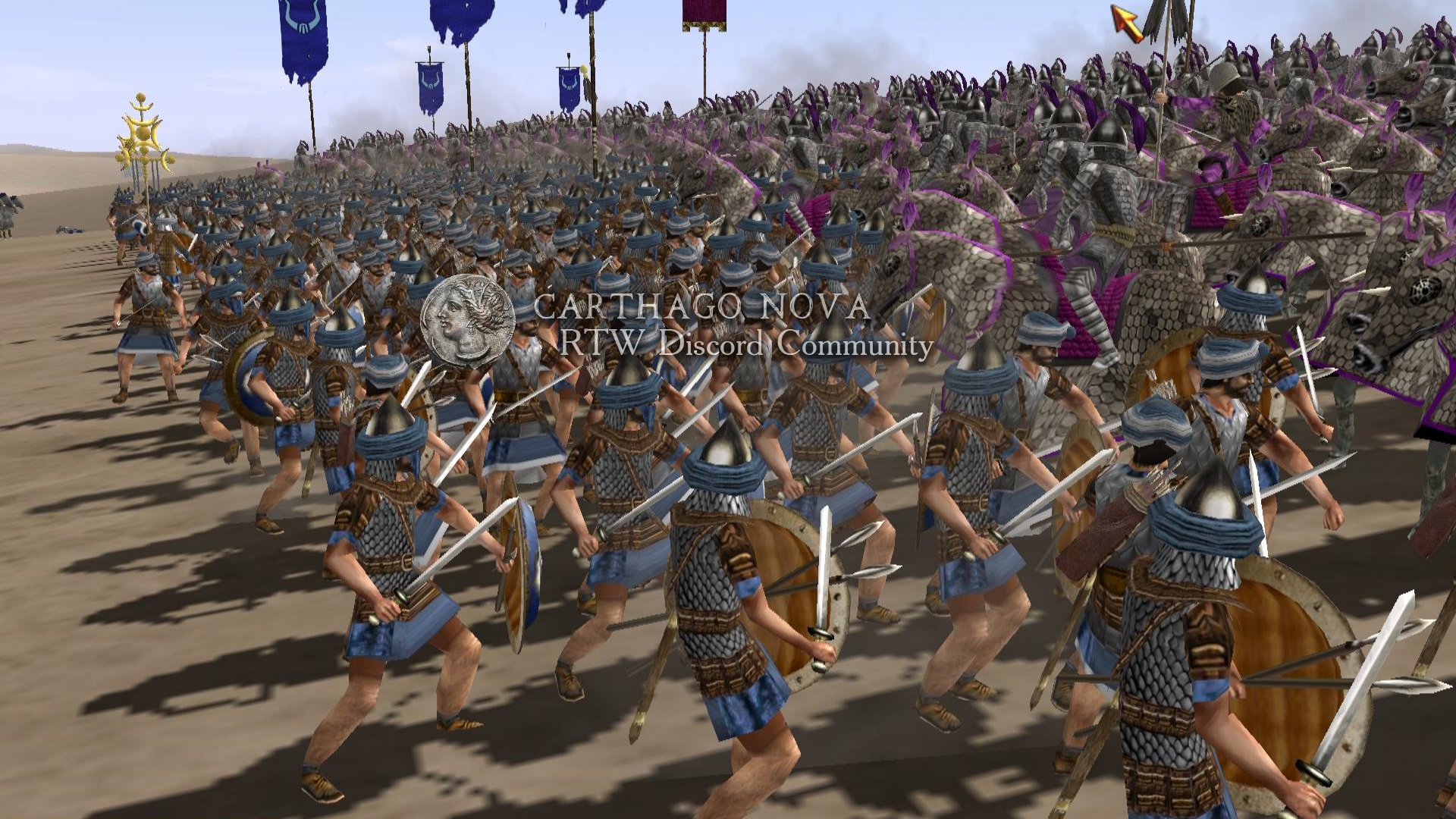
Realism in the depiction of human figures, characteristic of Hellenistic art, magnificent Corinthian capitals, acanthus leaves, as the main element of the ornament, serve here to decorate the Buddhist theme. The same syncretism is evidenced by the statuettes of Anahita from Khwarazm, depicting her in the form of the Greek Aphrodite, images of the Buddha and Bodhisattvas, made in a realistic manner of Hellenism, etc. A frieze from Airtam, which adorned the outer walls of a building (possibly Buddhist temple), with images of young men and women - musicians and garland-bearers; reminiscent in many respects of the Gandhara monuments, at the same time it testifies to the presence of local artistic traditions in the vicinity of Termez.
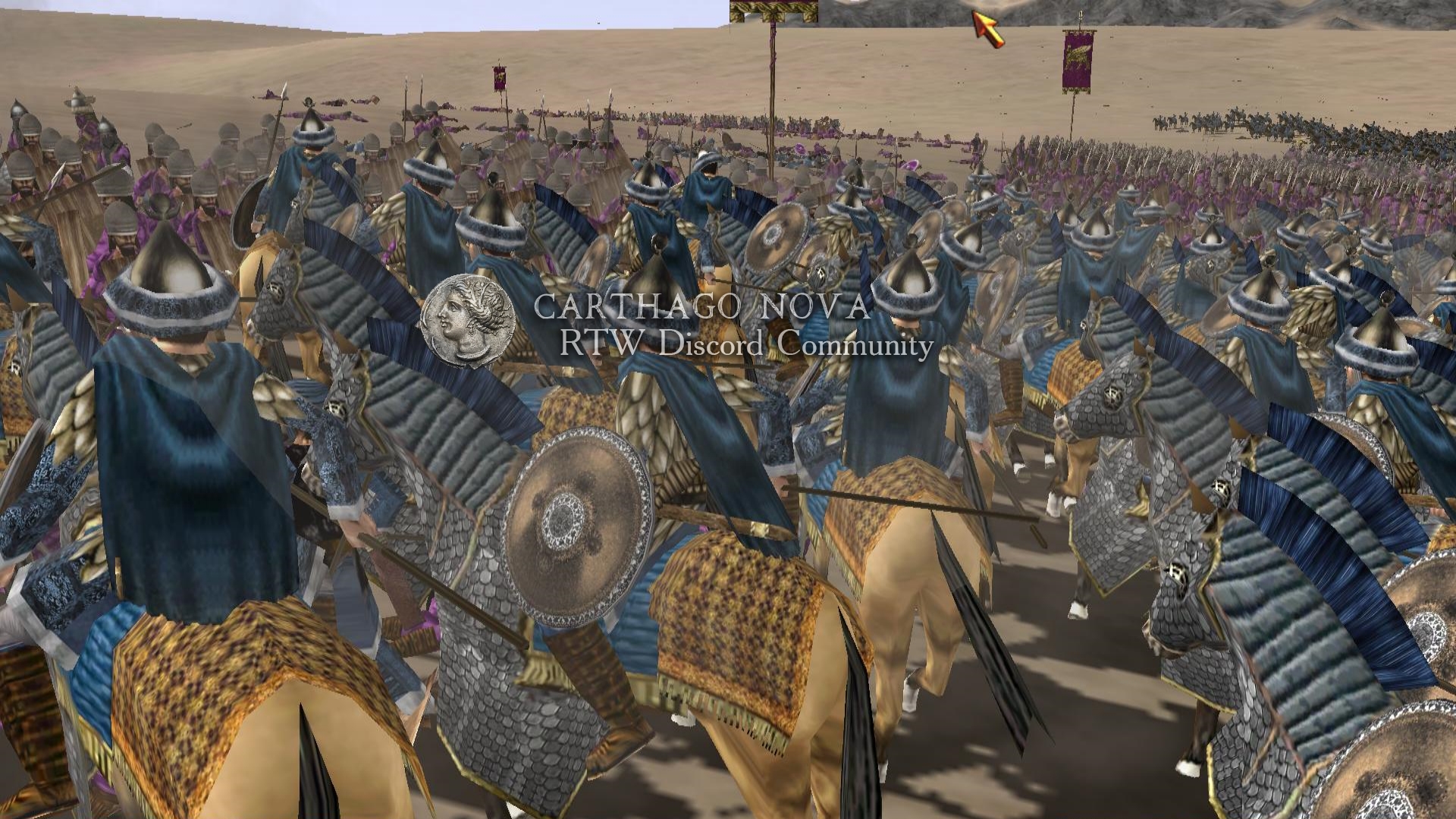
Decline of the Kushan Empire
Such was the diverse life of the Kushan Empire during its heyday, which coincides with the reign of Kanishka. Already under his successor, the empire was shrinking in size and only Central Asia and part of Northern India remained behind the Kushans. The time of the next king, Vasudeva, as his very name indicates, is characterized by the growth of Indian influence over the Kushans. The Kushan rulers became more and more Indian kings, the culture of the Kushans in India is gradually losing its Central Asian elements. All this contributed to the further weakening of ties between the Kushan kings and Central Asia. In the next, III century, the disintegration of the huge Kushan state begins.



